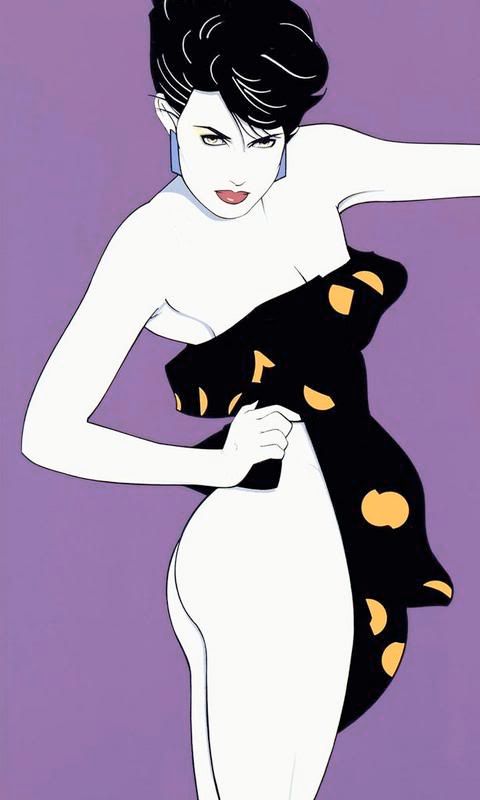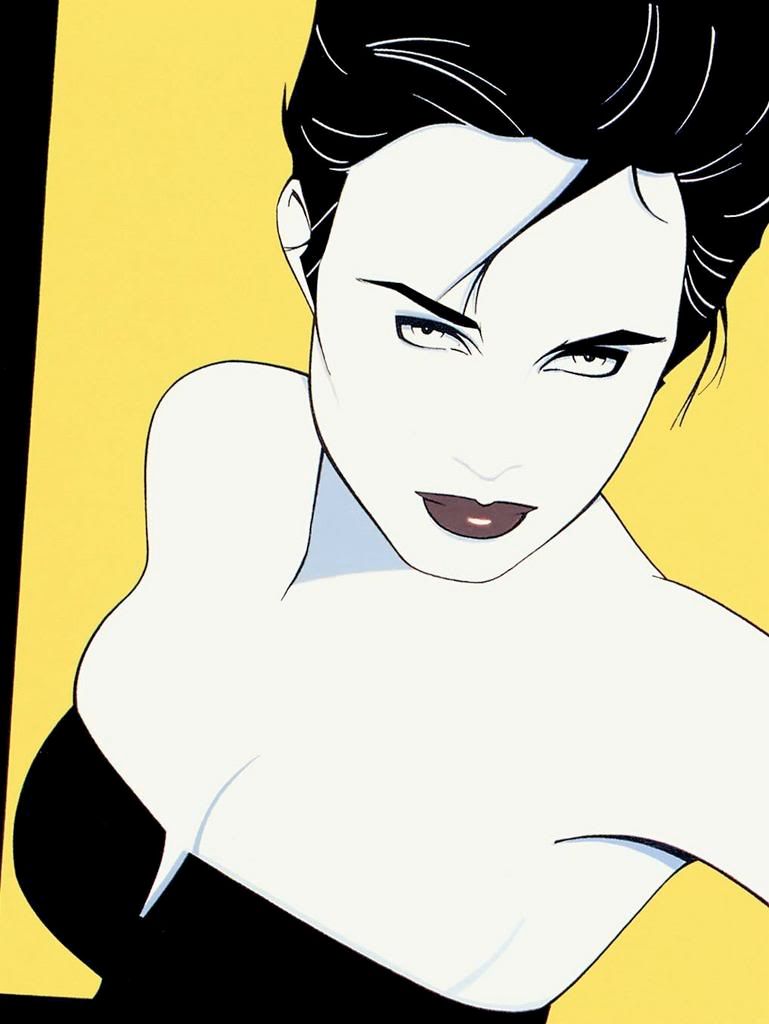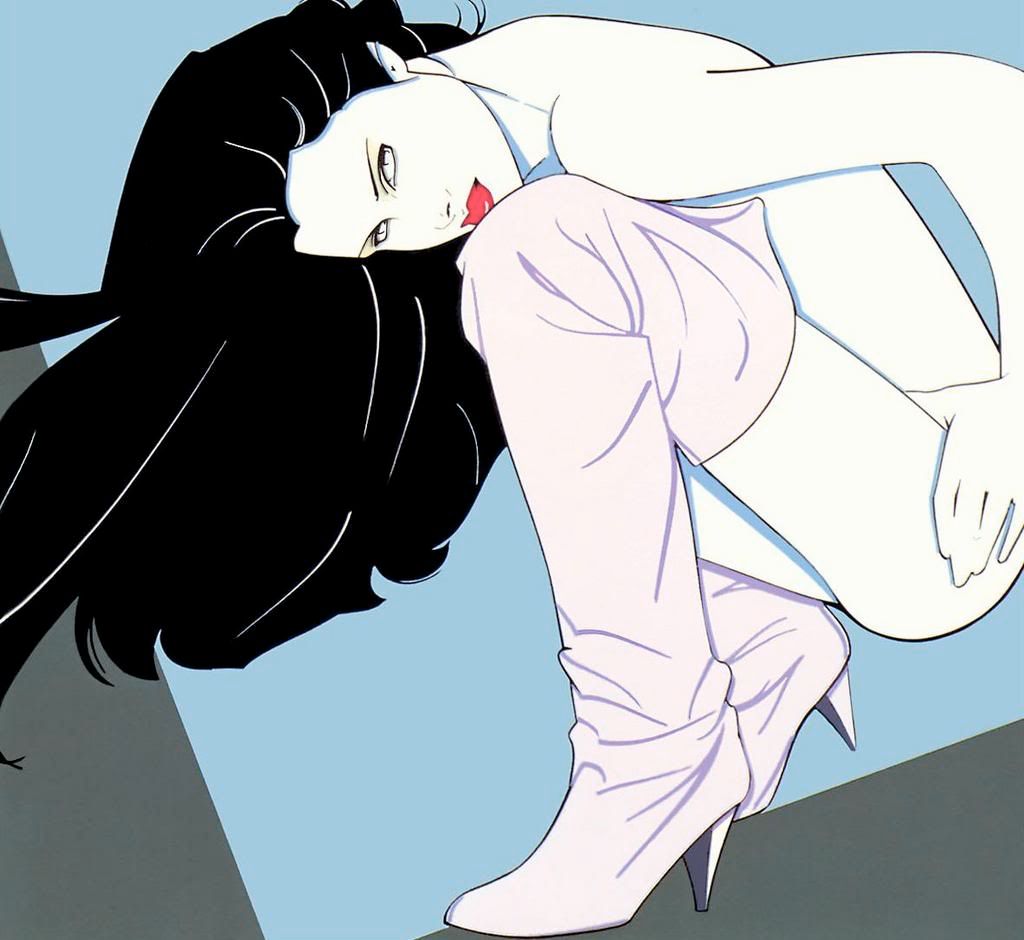In 2006 Pentagram redesigned Saks Fifth Avenue. They went with a pretty far-out dynamic identity system. Partner Michael Beirut explains the concept.




2x4 redesigned the Brooklyn Museum in 2004.
We imagined the Brooklyn Museum as the alternative Museum. Alternative not in the sense of either the marginal or the counter-cultural, but in an significant way. Alternative in the sense that "mainstream" is imaginary, that everyone, and all important things, are alternative.
Brooklyn Museum is not tourist-oriented, it doesn't cater to prefab, highly polished and well-rehearsed cultural fantasies about elegance, connoisseurship, purity or refinement. It is family-centered and facilitates a process in which visitors readily form their own interpretations of great art through many different, easily shifted and customized paradigms."
Brooklyn Museum combines authority and the active questioning of authority. If there is a central trope, perhaps its the intelligent, informed question, wittily framed. So, in our eyes, there is be an intellectual weight to the Brooklyn Museum of Art's identity combined with a certain quirkiness: Solidity destabilized.
The logo starts as a modern seal, but the seal continuously morphs. Each new iteration draws from a different trope, both high and low: a stamp, a flower, a violator, a thought bubble, a drop of water, etc. The morphing system plays out over the range of graphic materials from business cards and shopping bags to uniforms and site signage.

And then there was the launch campaign of the New Museum by Droga5. Simple posters with a die-cut silhouette of the New Museum building were pasted over existing ads on New York City subways and streets. Because the existing ads were different, each New Museum ad had a different graphic in the shape of the New Museum building.
So lots of brands are using these dynamic identities today, and there's definitely a temptation to follow the trend. As a designer, it's certainly an exciting problem. But when is it necessary?
Bruce Mau says it best in Rawsthorn's article: "MTV has a dynamic identity because they are dynamic, and I want them to be. But I don't want my bank to be dynamic. I want them to be conservative and radically stable."














































